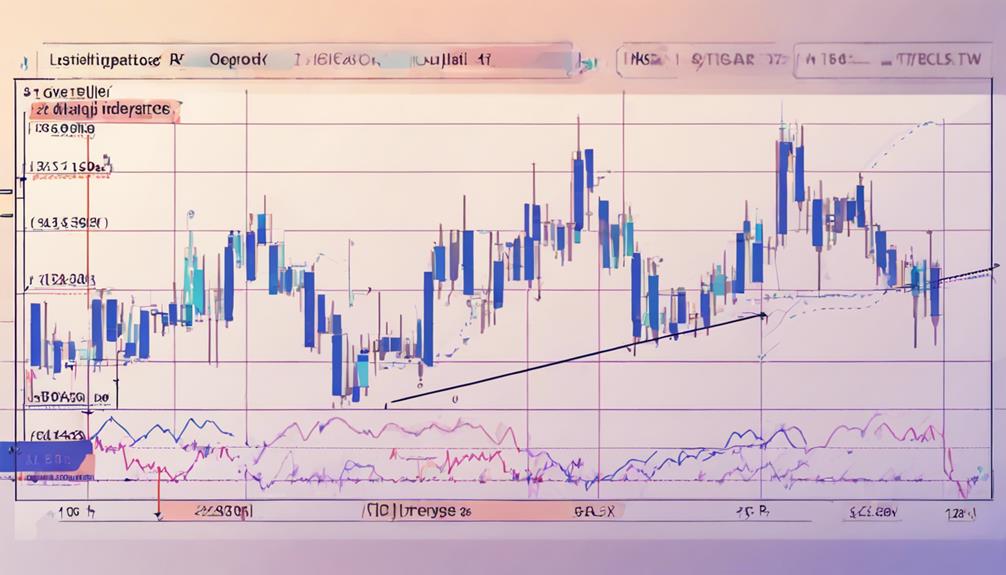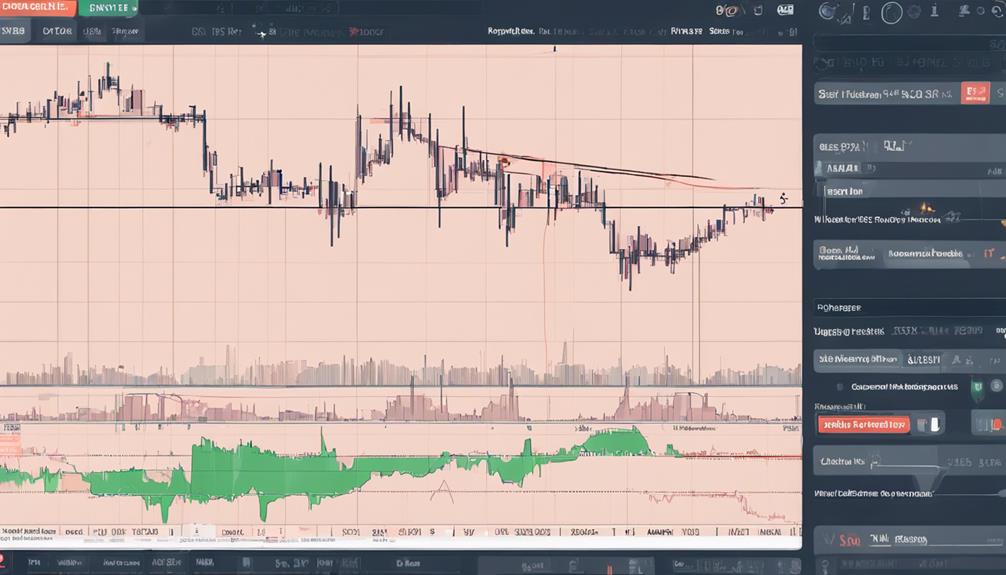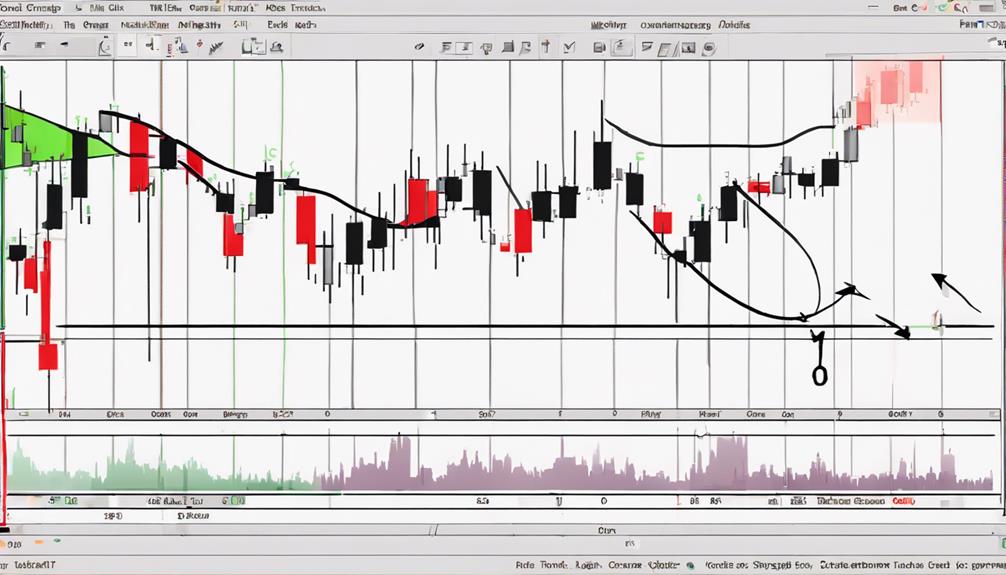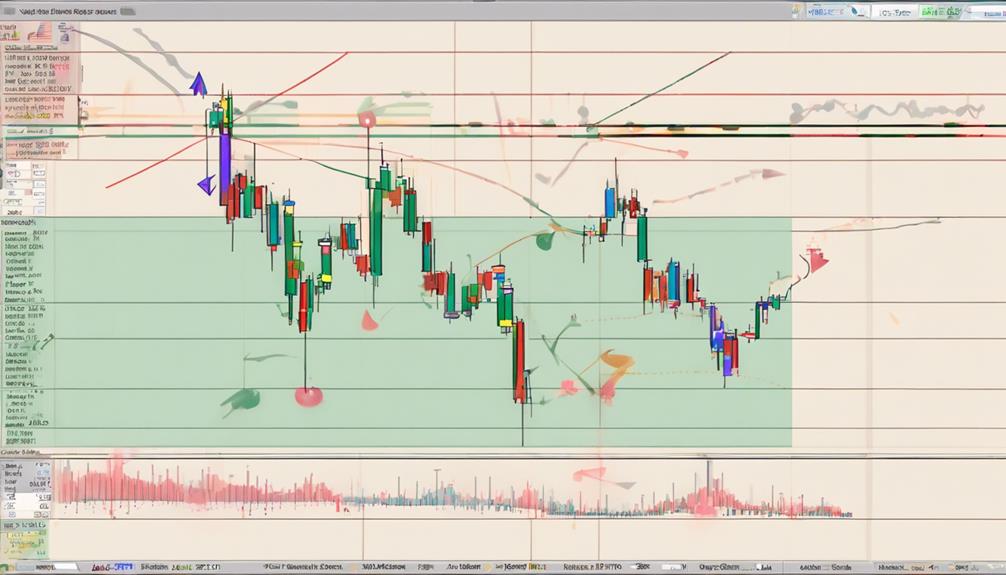Are you looking to enhance your trading strategies with RSI divergence but unsure where to begin? Understanding the intricacies of RSI divergence signals can be a game-changer in your trading approach.
Discover how identifying bullish and bearish patterns can provide valuable insights into potential trend reversals and improve your decision-making process.
Stay ahead of the curve by learning how to effectively spot and act on RSI divergences to maximize your trading profits.
Understanding RSI Divergence Signals
Understanding RSI divergence signals serves as a pivotal tool for identifying potential trend reversals in financial markets. RSI divergence occurs when there's a discrepancy between the RSI indicator and the price action, signaling a possible shift in the current trend.
Bullish RSI divergence is observed when the price forms lower lows while the RSI indicator forms higher lows, suggesting a transition from a downtrend to an uptrend. Conversely, bearish RSI divergence occurs when the price makes higher highs while the RSI indicator makes lower highs, indicating a shift from an uptrend to a downtrend.
These signals are crucial for traders as they provide insights into potential trend changes, allowing for strategic trade entries and exits based on the divergence patterns.
Identifying Bullish RSI Divergence Patterns

To effectively identify bullish RSI divergence patterns, analyze the relationship between price action and RSI values for potential trend shifts towards an upward movement.
When looking for bullish divergence:
- Watch for RSI making higher lows while price makes lower lows, signaling a potential trend change.
- Note the shift from a downtrend to an uptrend, with RSI diverging from the price action.
- Consider the identifiable higher lows in RSI and lower lows in asset price as cues for a potential trend change.
- Recognize that acting on bullish RSI divergence patterns can lead to profitable opportunities in an uptrend scenario.
Spotting Bearish RSI Divergence Cues

When observing market dynamics, keen attention to the divergence between price highs and RSI highs can provide crucial insights into potential bearish trends. Bearish RSI divergence is identified when price makes higher highs while RSI makes lower highs, signaling a possible shift from an uptrend to a downtrend.
Traders use these divergence signals as a warning of a potential trend reversal to the downside. This phenomenon is recognizable by the weakening upside momentum in price action compared to RSI movement. By recognizing bearish RSI divergence, traders are prompted to consider exiting long positions or even entering short positions in the market.
Utilizing these cues effectively is essential in trading strategies to capitalize on potential downward movements in asset prices.
Implementing RSI Divergence Trading Strategies

Implementing RSI divergence trading strategies requires a keen eye for identifying divergences and incorporating them into your market analysis for optimal trade execution. When implementing these strategies, consider the following:
- Look for confluence factors such as multiple highs or lows aligning with RSI divergence for stronger signals.
- Trade at key support/resistance levels to enhance the probability of successful trades.
- Utilize additional indicators to complement RSI divergence signals and confirm potential trend reversals.
- Use entry points based on bullish or bearish divergence patterns to capitalize on shifts in market direction effectively.
How Can RSI Divergence Be Integrated into Simplified RSI Trading Strategies?
Integrating RSI divergence into effective RSI trading strategies can enhance signal accuracy. By using divergences between RSI and price movements, traders can identify potential trend reversals or trend strength. This can provide valuable insight into market dynamics and improve decision-making within their trading strategies.
Maximizing Profits With RSI Divergence

Maximizing profits with RSI divergence involves strategically leveraging signals to capitalize on potential trend reversals and optimize trading outcomes. By accurately identifying bullish and bearish RSI divergences, traders can enhance their trading strategies for profit maximization.
Utilizing RSI values to determine overbought or oversold conditions can provide early entry or exit points in the market, leading to increased profitability.
Incorporating RSI divergence signals with other technical indicators can offer valuable insights for market analysis and decision-making. Understanding the significance of RSI divergence in trend changes is crucial for making profitable trading decisions.
Frequently Asked Questions
How Do You Trade With RSI Divergence?
When trading with RSI divergence, identify bullish signs with lower lows in price and higher lows in RSI for potential uptrends. For bearish indications, watch for higher highs in price and lower highs in RSI signaling possible downtrends. Combine indicators for confirmation.
What Is the Best Timeframe for RSI Divergence?
For RSI divergence, the best timeframe is usually the 4-hour chart. It balances accuracy and frequency of signals. Shorter timeframes like 1-hour give more signals but may be less reliable. Longer timeframes like daily offer stronger signals but fewer opportunities.
How Reliable Is RSI Divergence?
You think RSI divergence is as reliable as a GPS in the middle of the desert. It's a trusty signal for spotting potential trend shifts, especially when confirmed with other indicators. Use it wisely.
What Is the Best Time Frame for Trading Divergence?
For trading divergence, the best time frame is typically the 4-hour chart, offering reliable signals. Shorter time frames like the 1-hour chart provide more but less reliable signals. Longer time frames such as daily or weekly can offer stronger signals.
Conclusion
In conclusion, mastering RSI divergence signals can significantly enhance your trading success. By identifying bullish and bearish patterns, implementing effective strategies, and maximizing profits, you can make informed decisions and capitalize on market trends.
But, are you ready to take your trading to the next level with RSI divergence?
